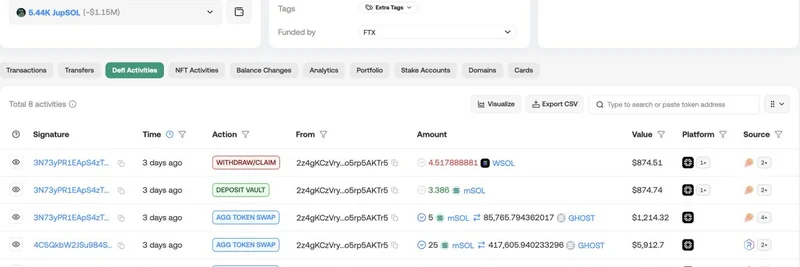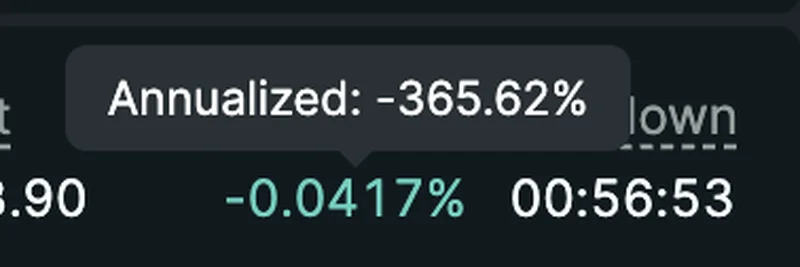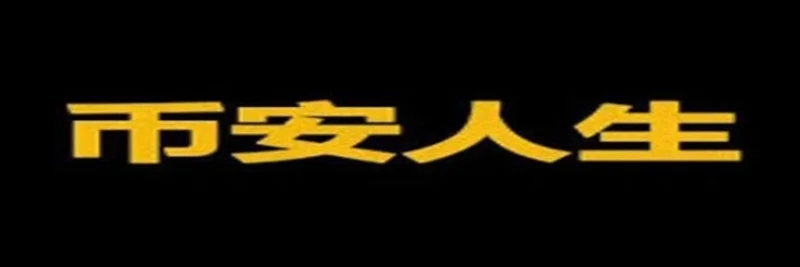Hey there, Meme Insider readers! If you’ve been keeping an eye on the financial world, you’ve probably heard the buzz around Robinhood’s jaw-dropping turnaround. In just one year, the trading platform went from a $500 million loss to a whopping $1.1 billion profit. That’s not all—its revenue jumped 58% to $3 billion, its stock price quadrupled to an $80 billion market cap, and it’s now processing a staggering $192 billion in monthly volume. Wild, right? But here’s where it gets spicy: Lithuania’s central bank is raising eyebrows over the legitimacy of Robinhood’s stock tokens, citing a quirky input from OpenAI. Let’s dive into this financial rollercoaster and what it means for the future of trading and blockchain.
The Robinhood Comeback Story
First off, let’s break down those numbers. Robinhood’s shift from red to black is no small feat. According to their latest financial reports, the company saw a 50% revenue spike in Q1 2025 alone, hitting $927 million, with net income soaring 114% to $336 million. This boom is fueled by record net deposits of $18 billion and a growing Robinhood Gold subscriber base of 3.2 million. They’ve also rolled out new features like Robinhood Strategies and Robinhood Cortex, blending AI and banking services to attract more users. For meme token enthusiasts and blockchain practitioners, this shows how traditional finance is increasingly dipping its toes into tech-driven innovation.
The Stock Token Controversy
Now, let’s talk about the elephant in the room: stock tokens. These digital representations of traditional stocks are a hot topic in the blockchain space. Robinhood’s push into this area has caught the attention of Lithuania’s central bank, which is questioning whether these tokens qualify as “real equity.” The twist? They’re leaning on OpenAI’s analysis to back up their skepticism. This raises a funny yet serious question: are regulators outsourcing their judgment to AI? As someone who’s tracked crypto trends for years (think back to my CoinDesk days), I can tell you this is a sign of how fast the regulatory landscape is evolving.
For context, Lithuania has been a crypto-friendly hub, ranking high on the International Tax Competitiveness Index. Its central bank has strict guidelines on security token offerings, separating crypto from traditional finance to avoid risks. But relying on an AI like OpenAI—known more for chatbots than financial audits—feels like a plot twist in a meme coin saga. It’s a reminder that as blockchain tech grows, regulators are scrambling to keep up, sometimes in quirky ways.
What This Means for 2025 and Beyond
So, what’s the takeaway for Meme Insider’s audience? First, Robinhood’s success highlights the power of blending traditional trading with blockchain-inspired tools like stock tokens. If you’re a blockchain practitioner, this is a goldmine for learning how decentralized tech can disrupt finance. Second, the regulatory uncertainty—especially with Lithuania’s stance—signals that 2025 will be a pivotal year for tokenized assets. Check out US asset tokenization updates to see how global rules are shaping up.
The chatter on X reflects this mix of excitement and confusion. Users like @bugsbunnymoar are stunned that a central bank would lean on AI, while @NikolayS67 cheers Robinhood’s “big move.” This split opinion mirrors the broader crypto community’s vibe: innovation is thrilling, but regulation is a wild card. For meme token fans, it’s a cue to watch how platforms like Robinhood navigate these waters—could tokenized memes be next?
Final Thoughts
Robinhood’s $1.1 billion profit and the stock token drama are more than just headlines—they’re a snapshot of finance’s future. Whether Lithuania’s central bank will double down or back off, one thing’s clear: 2025 is shaping up to be a year where blockchain, AI, and traditional markets collide. Stay tuned to Meme Insider for more updates, and let us know your thoughts in the comments—are you bullish on stock tokens or skeptical like the regulators?



